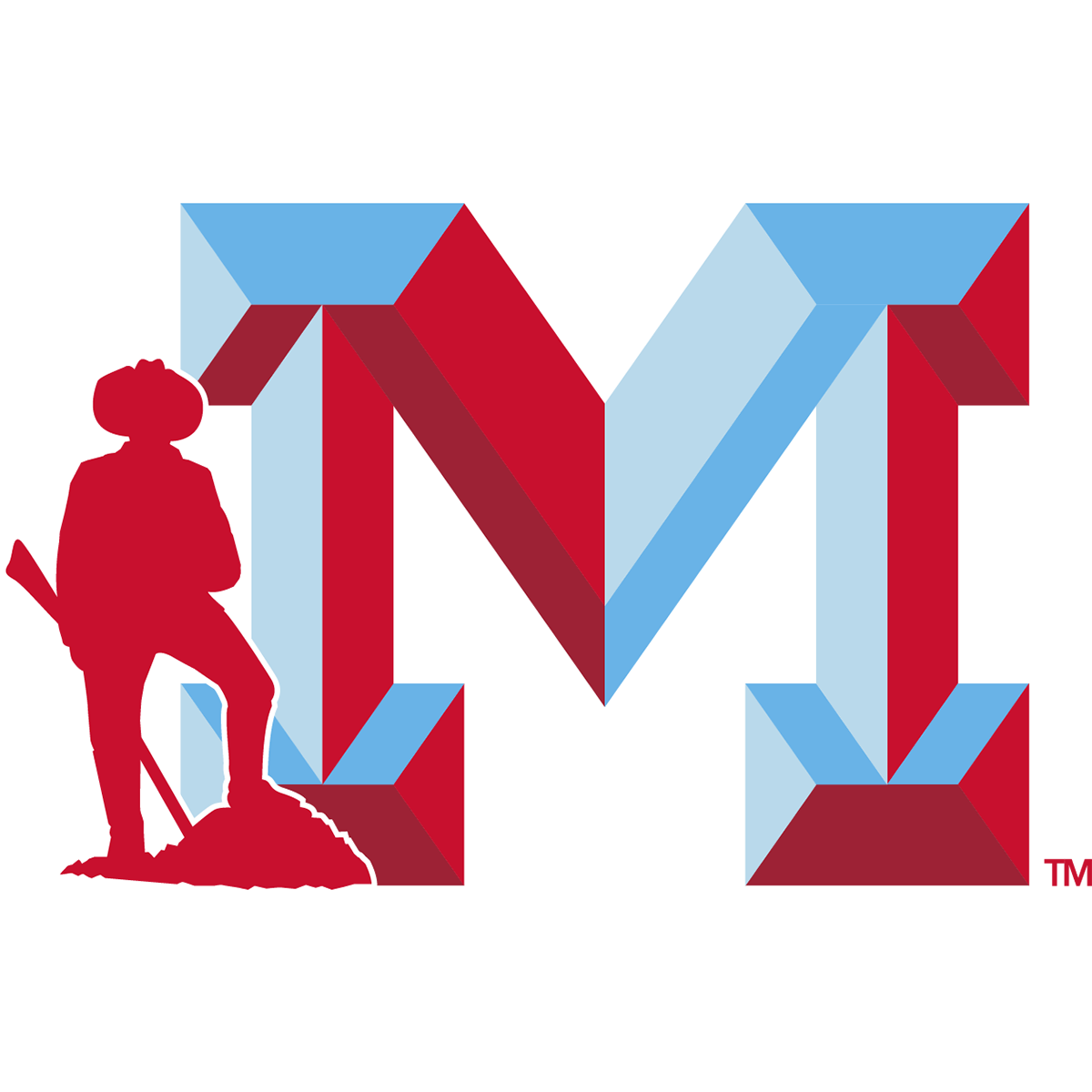Skip to content
Show submenu for About Us
Athletics
Show submenu for Departments
Show submenu for Parents
Parents
Payments (Meals, LISD-TV, Online Learning)
Student Code of Conduct
Project Lead The Way
Safety
Show submenu for Staff
Staff
Show submenu for Students
STOPit
Show submenu for
